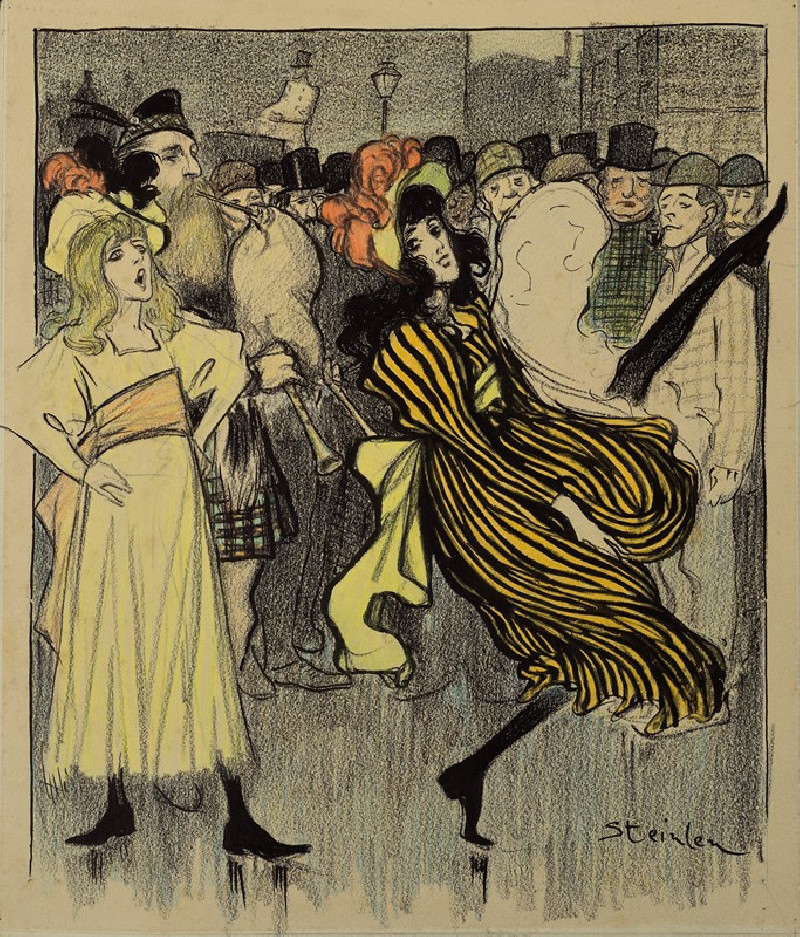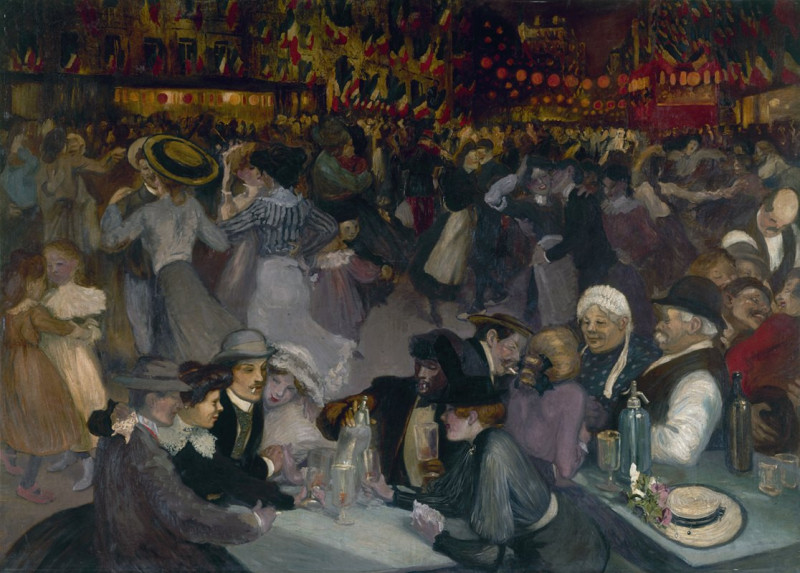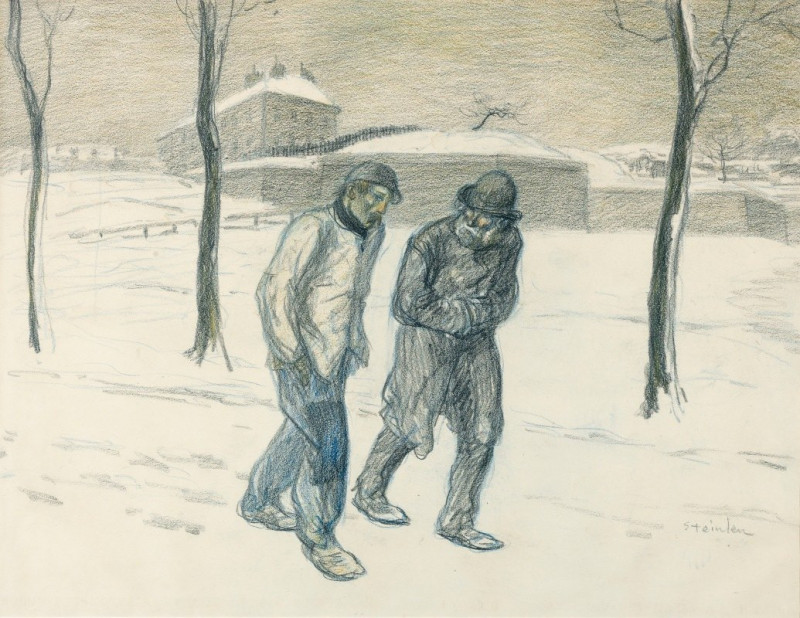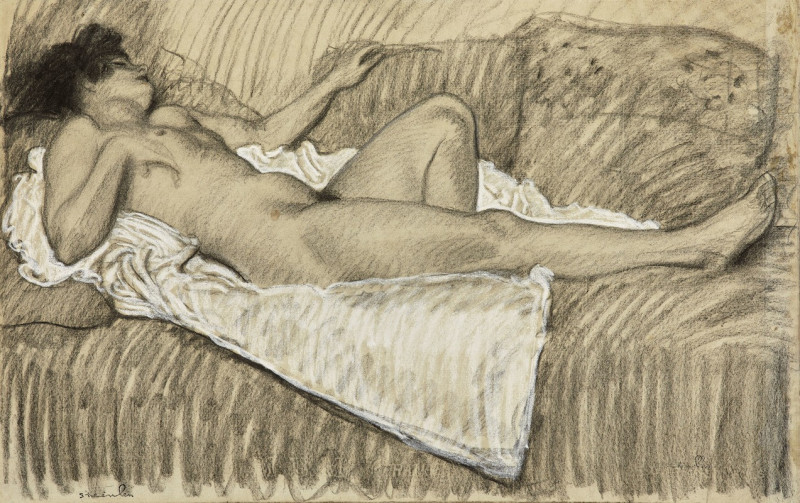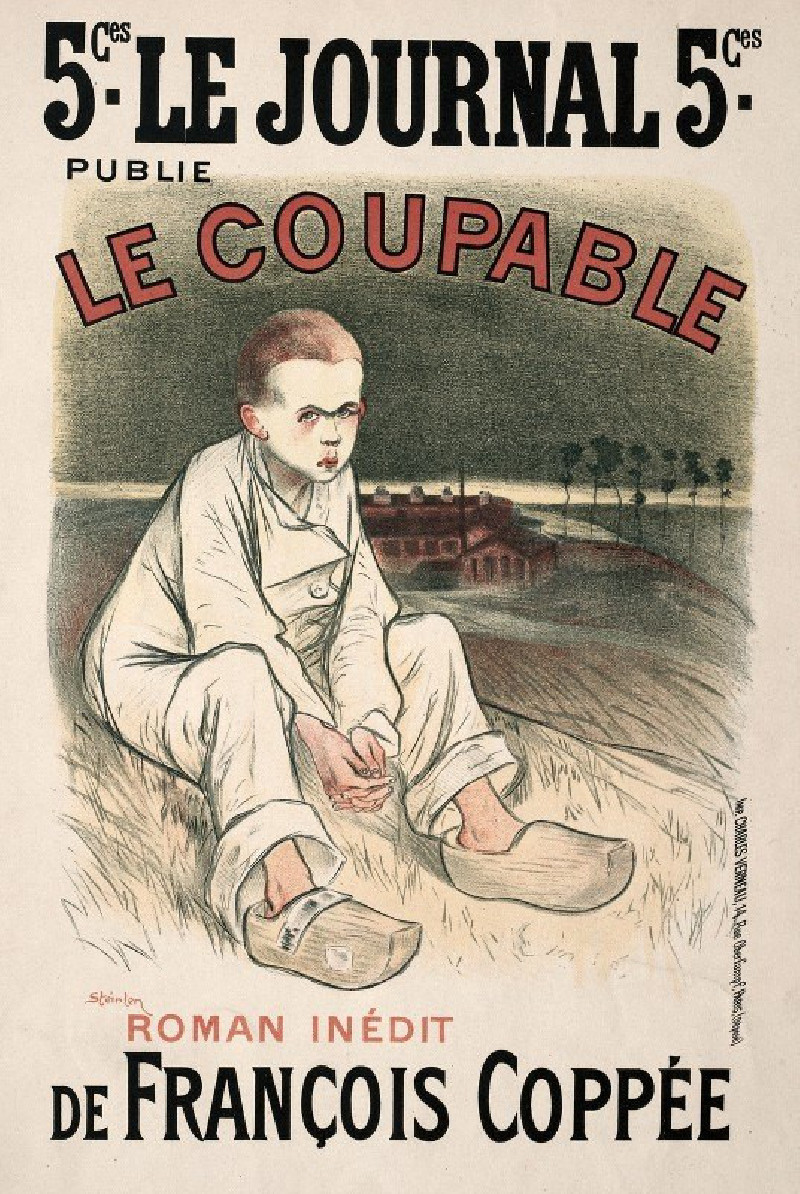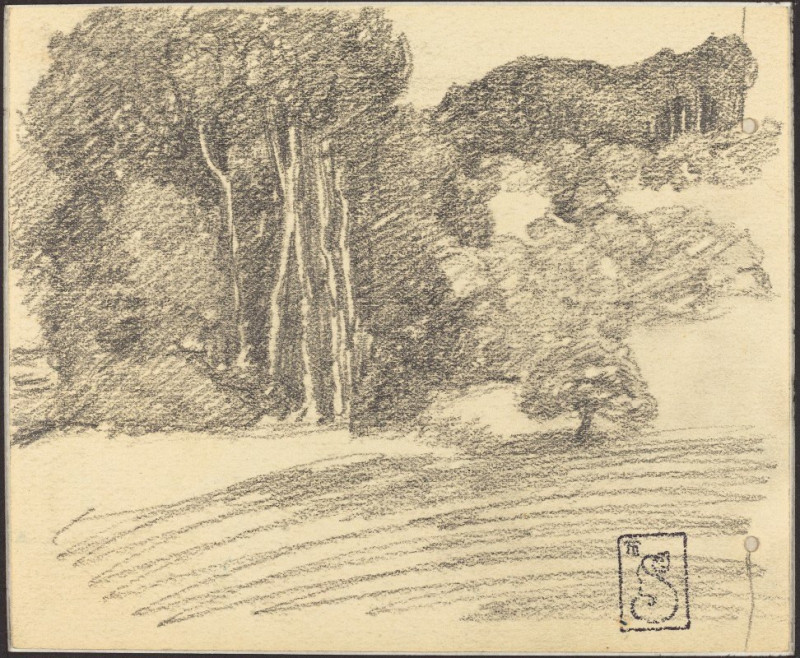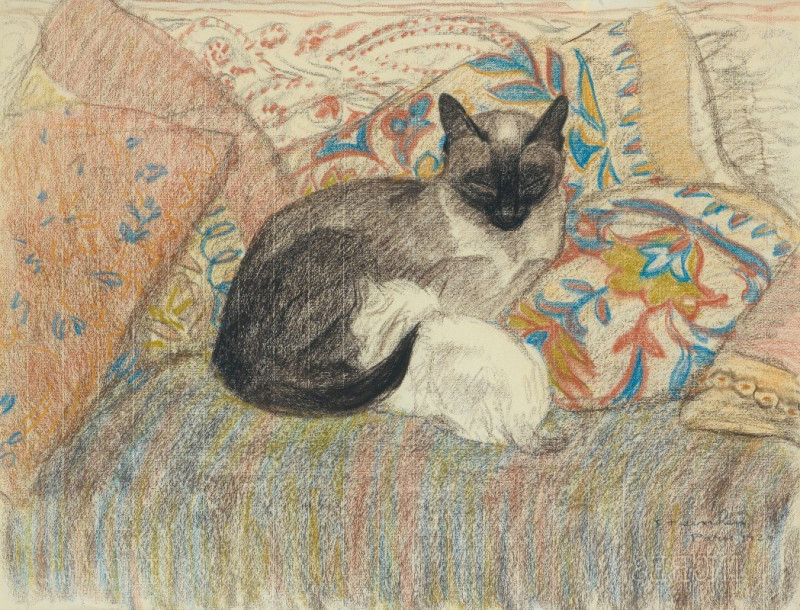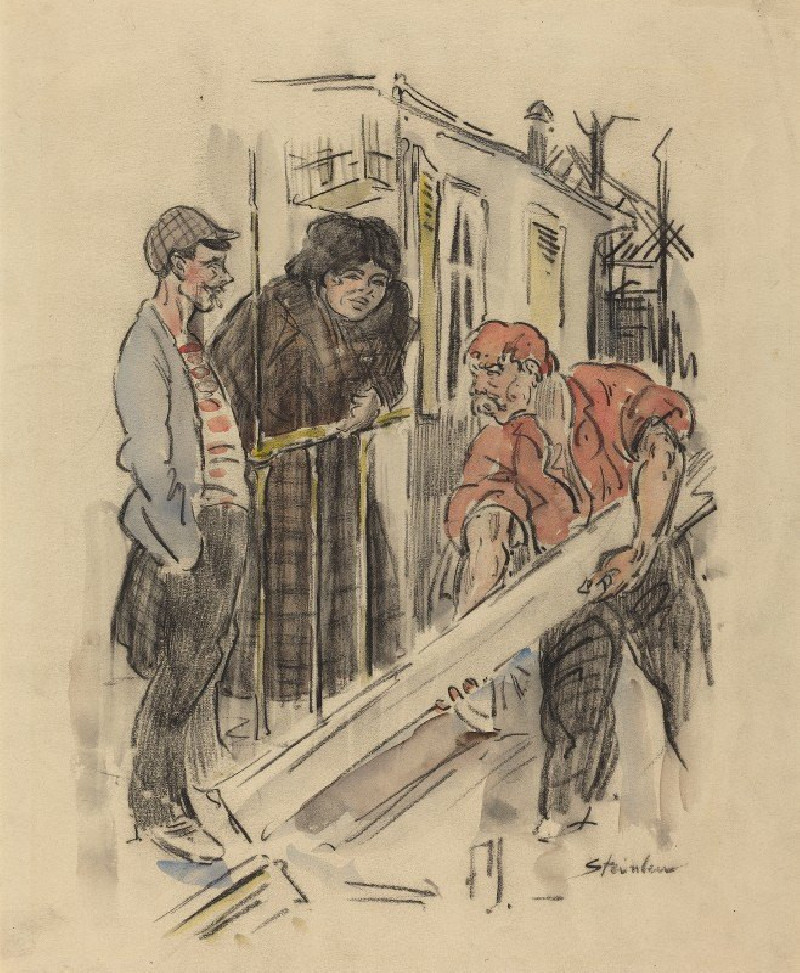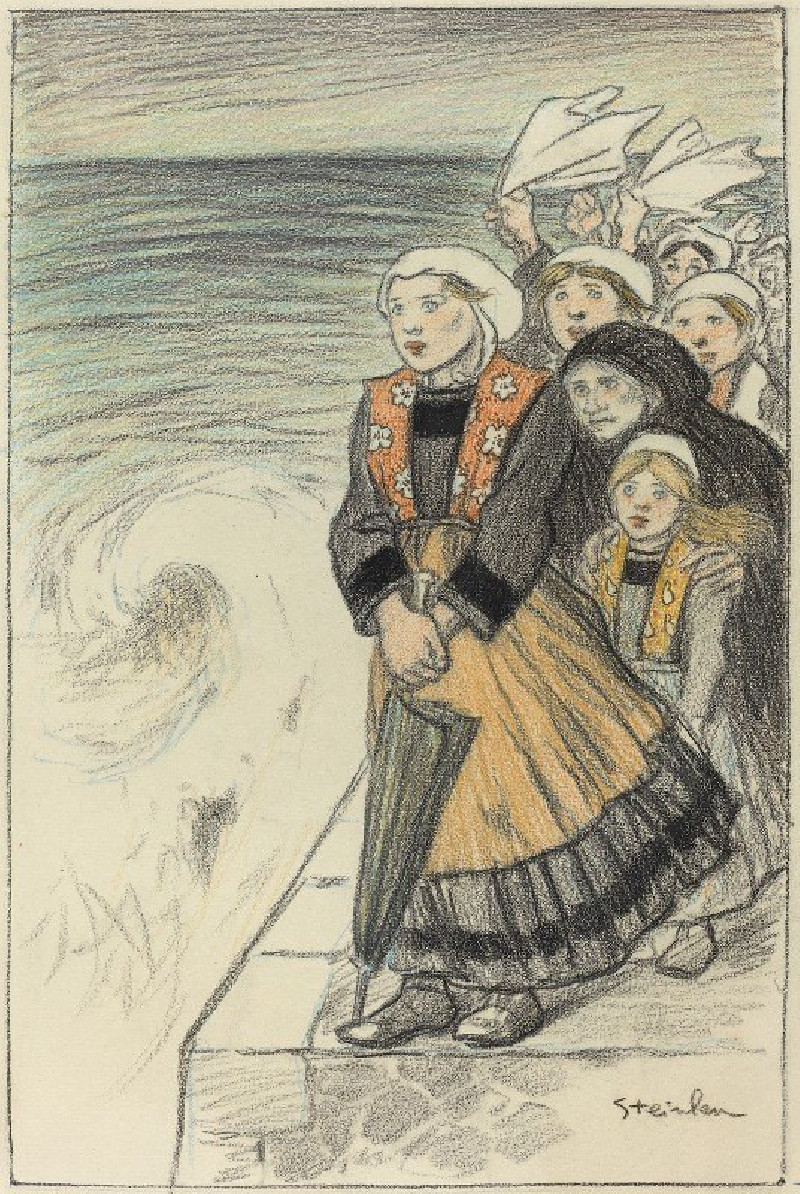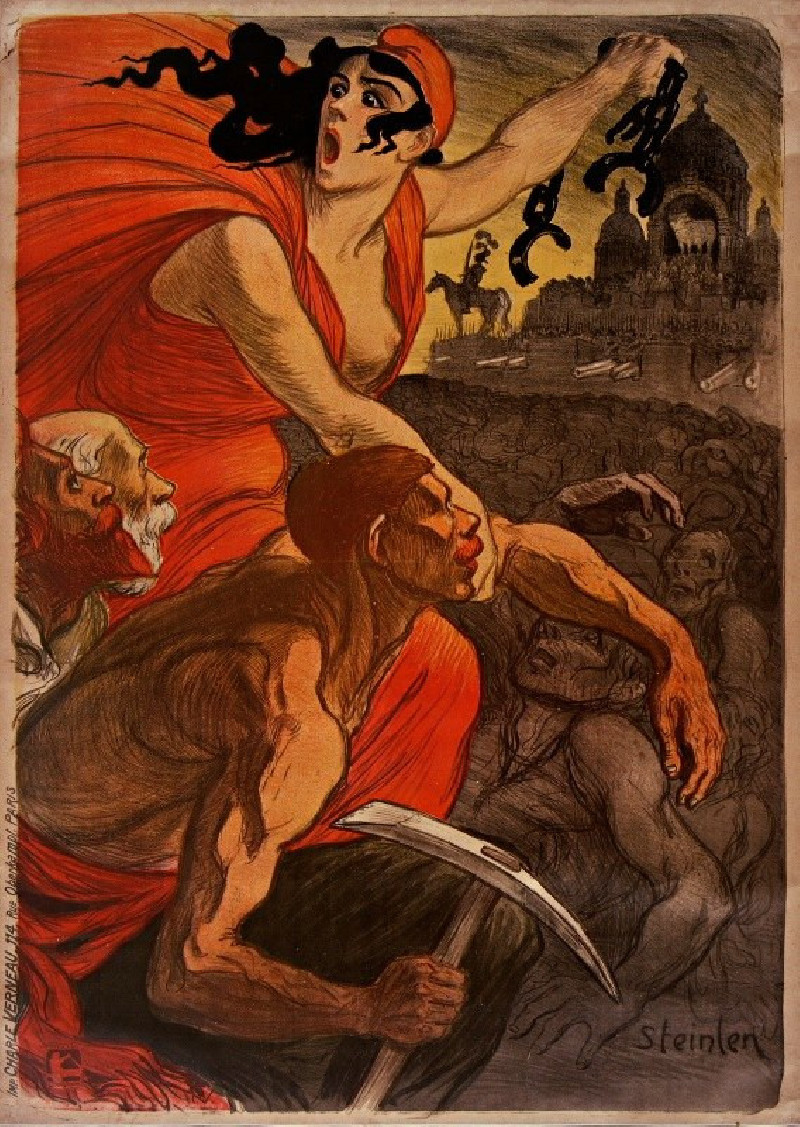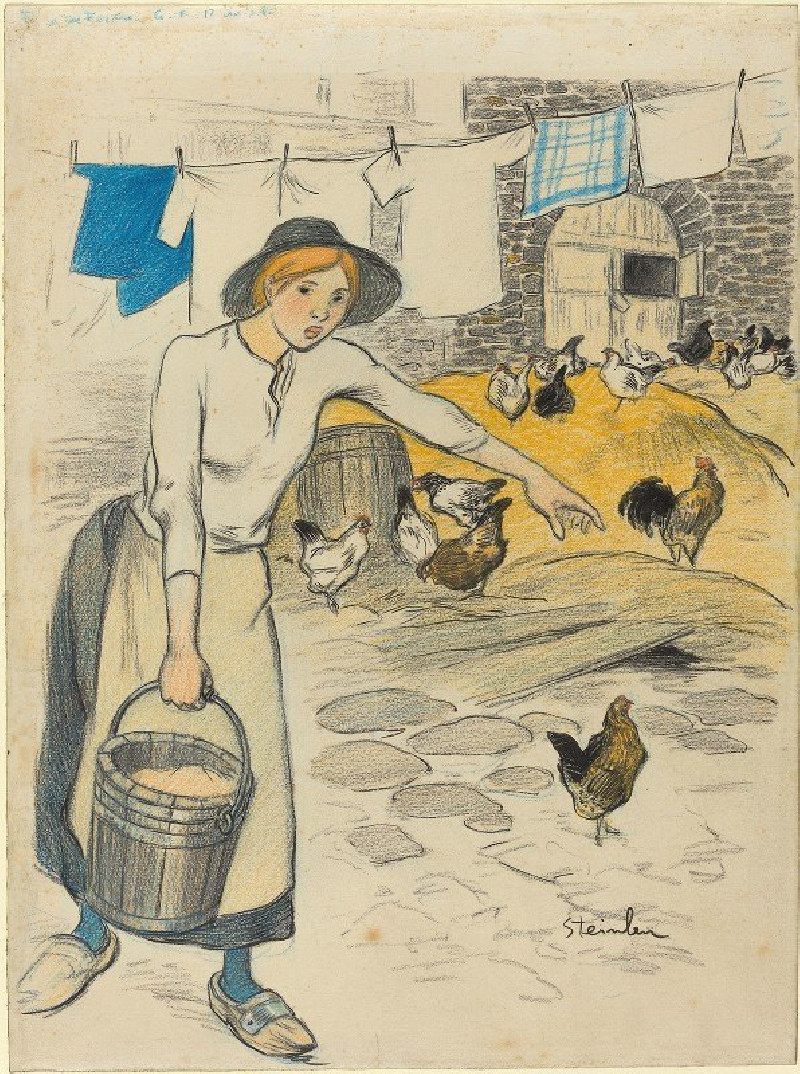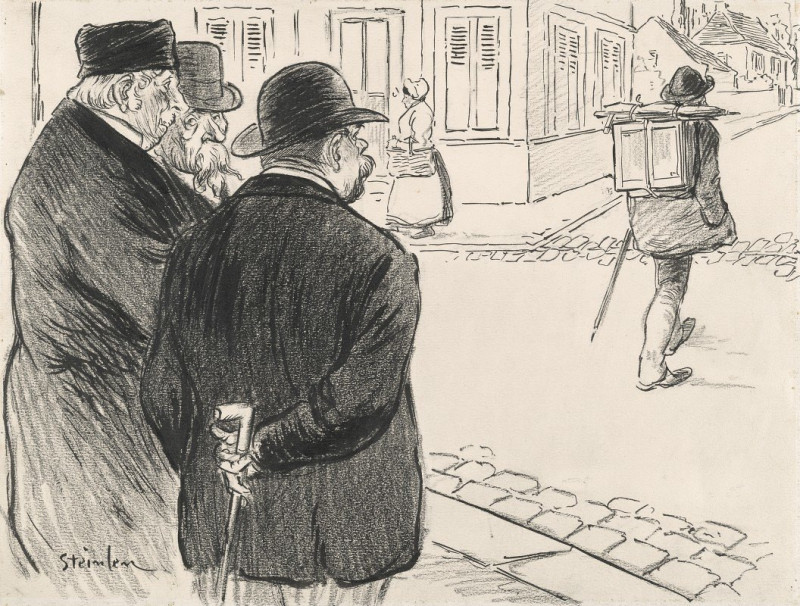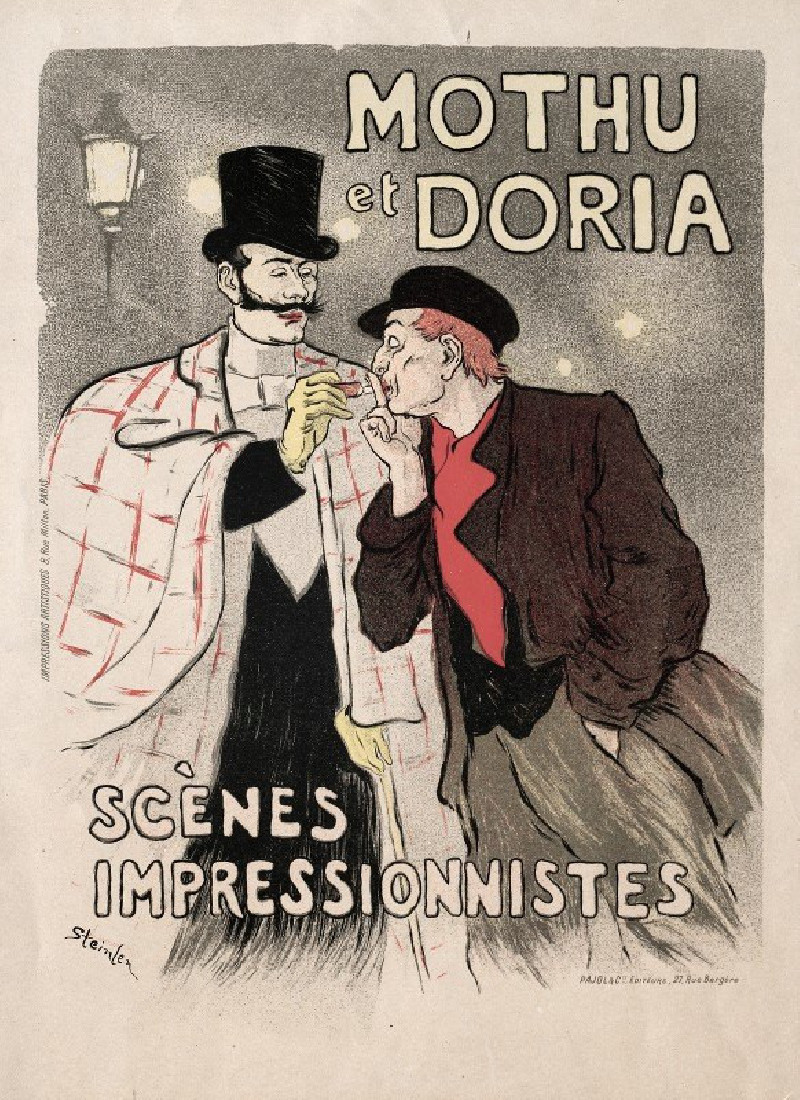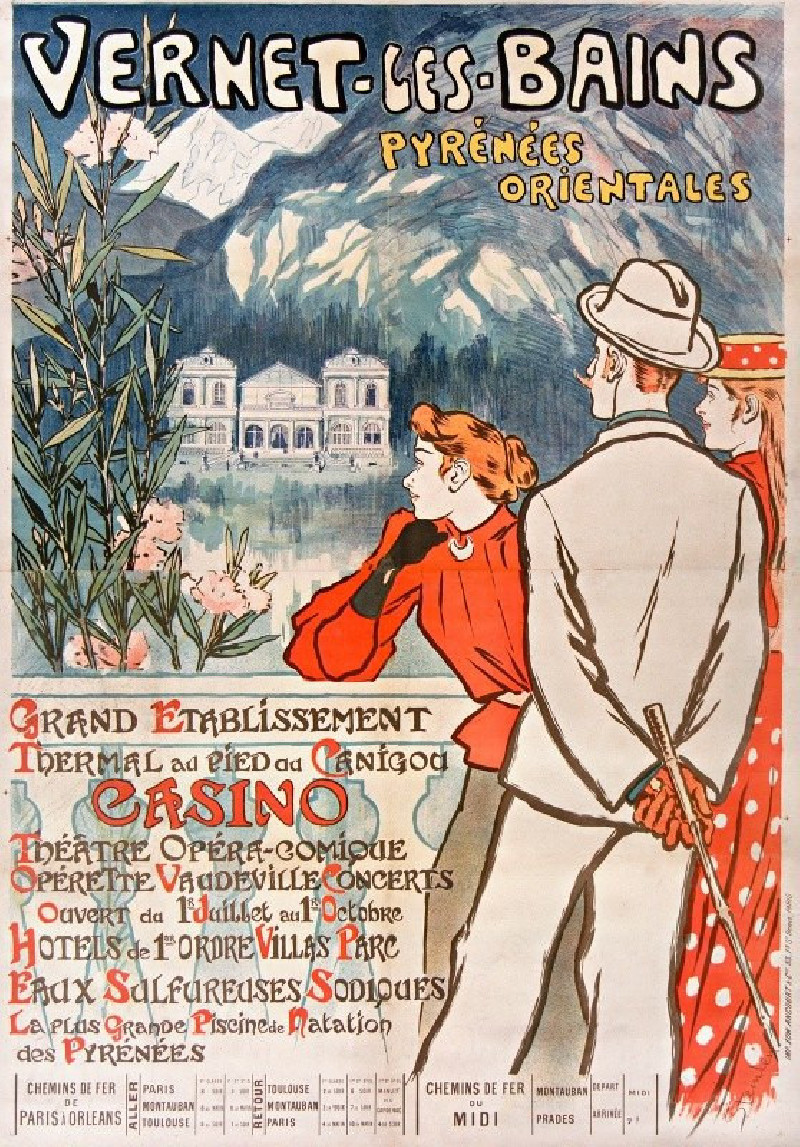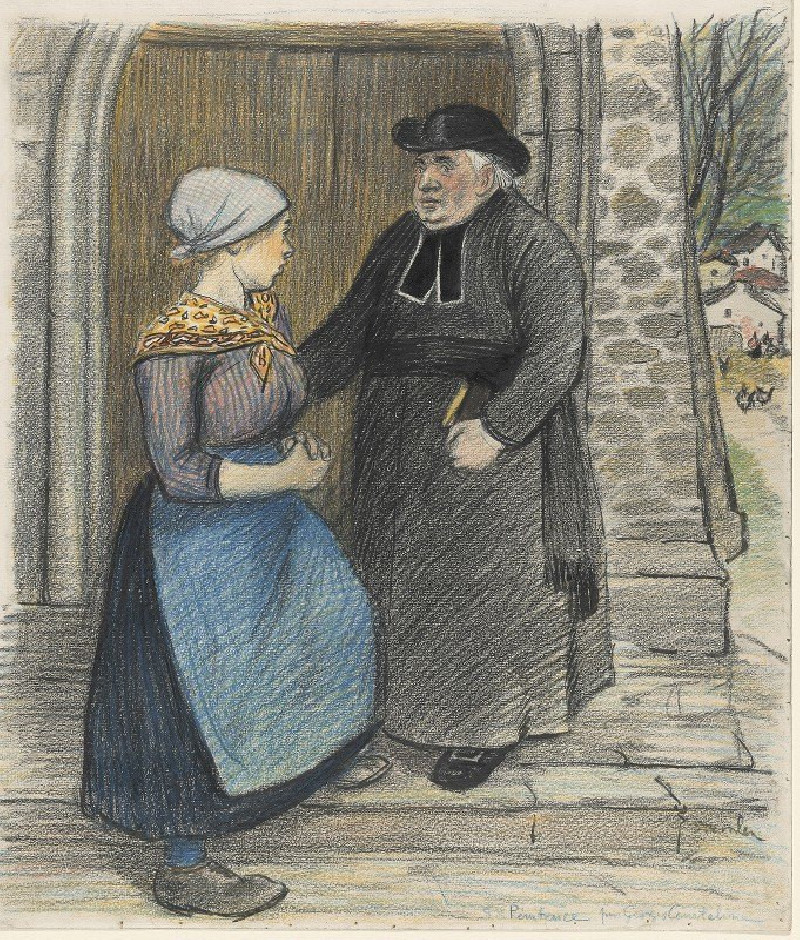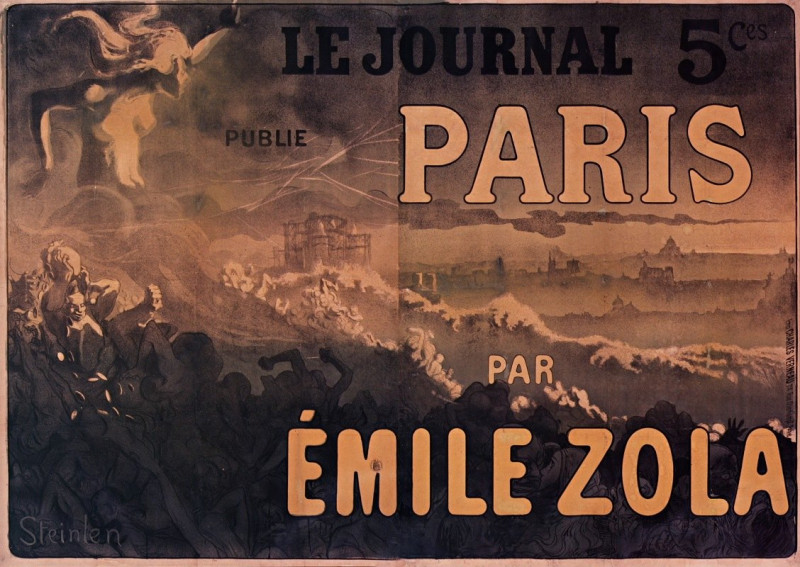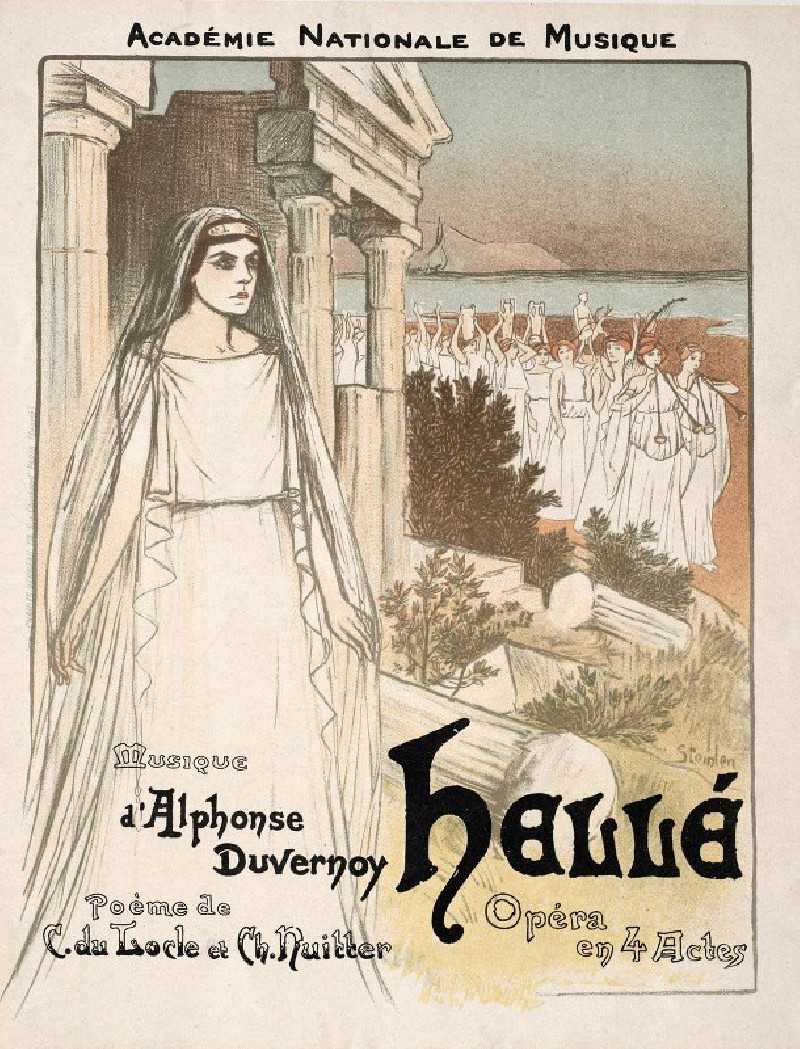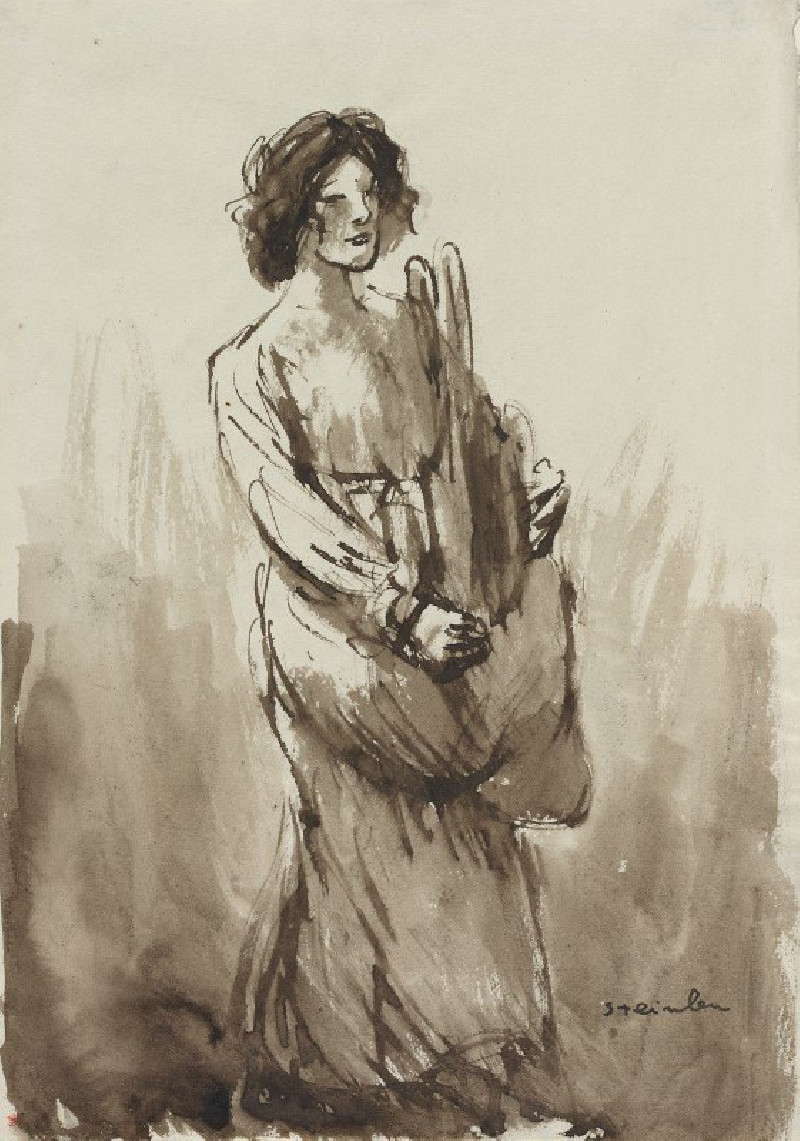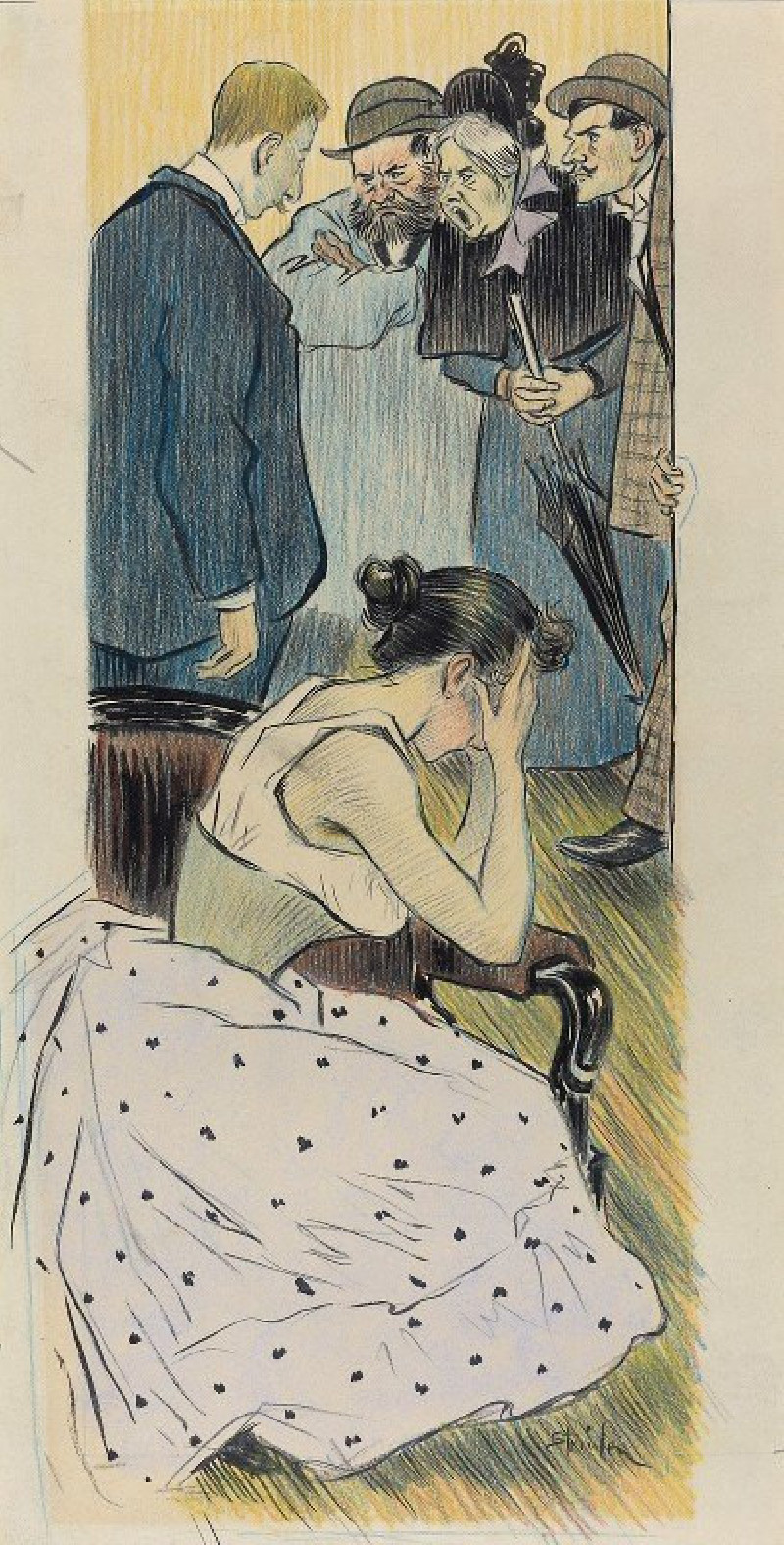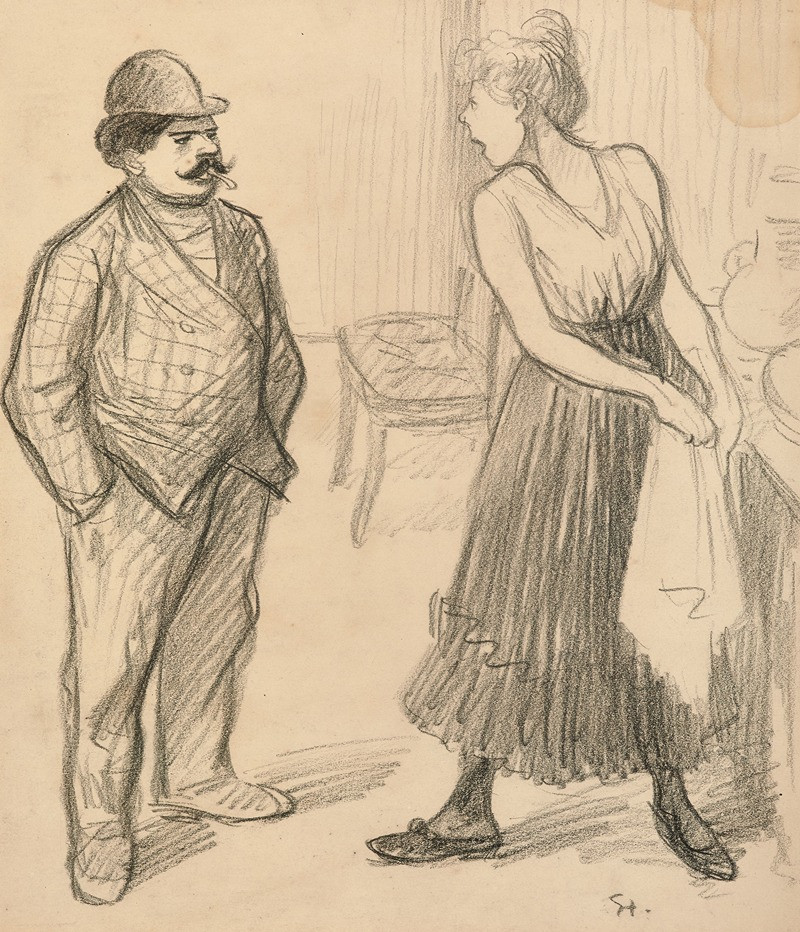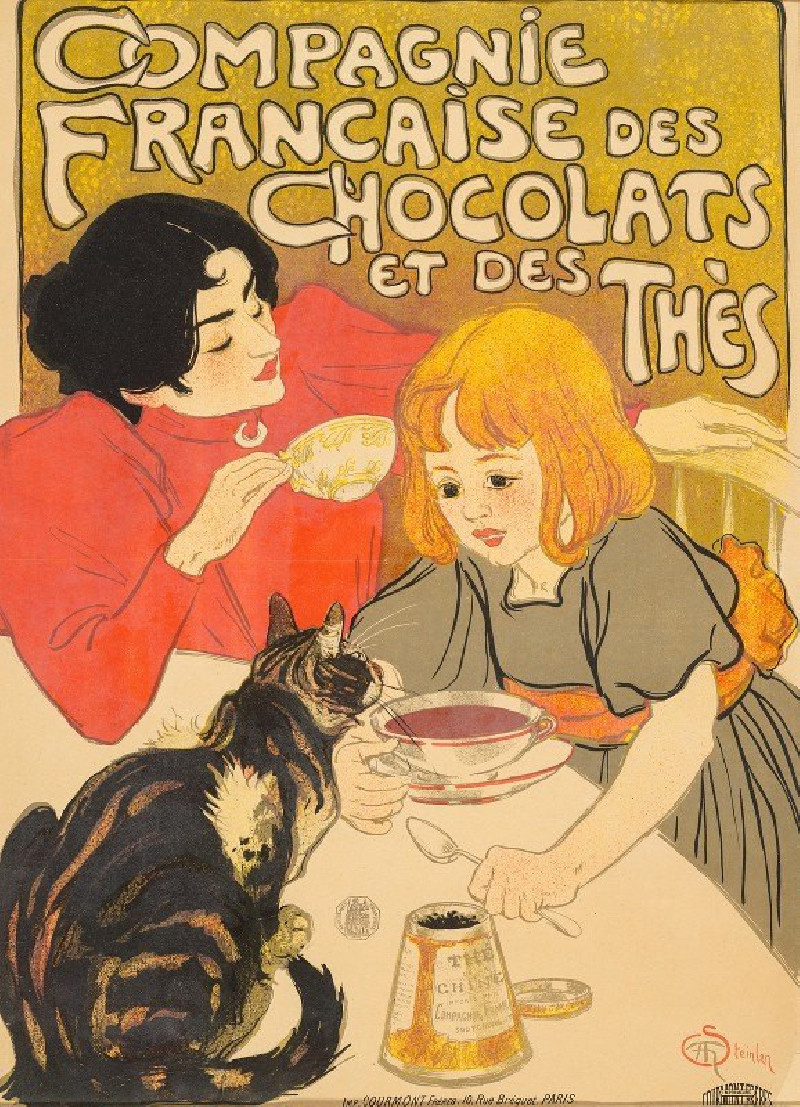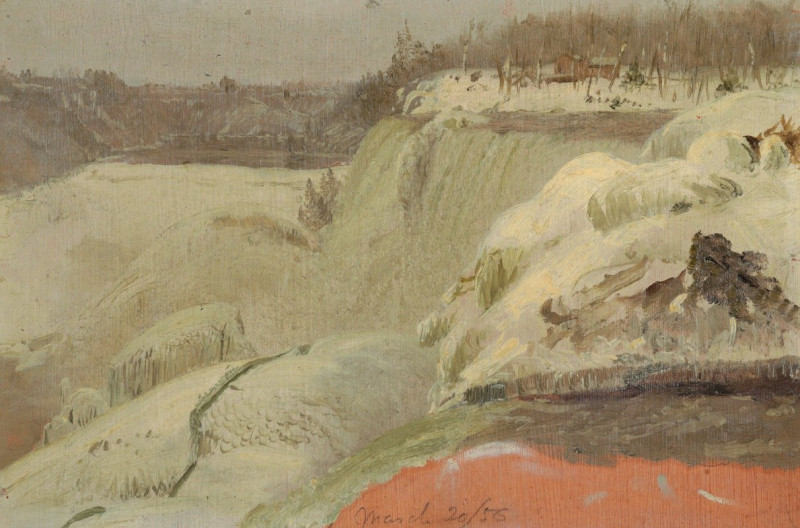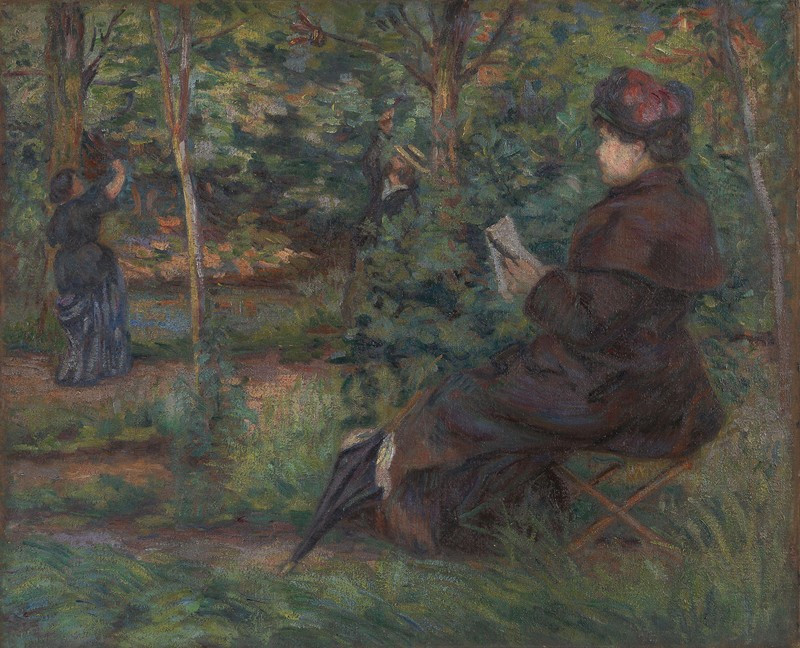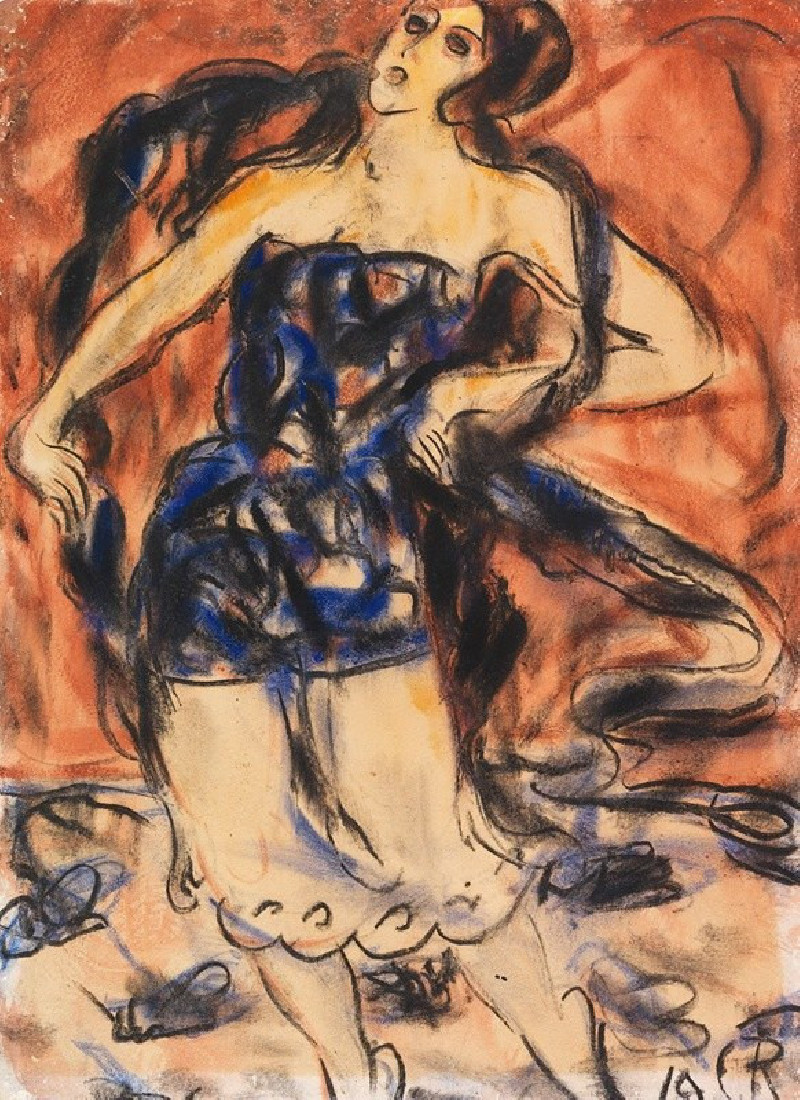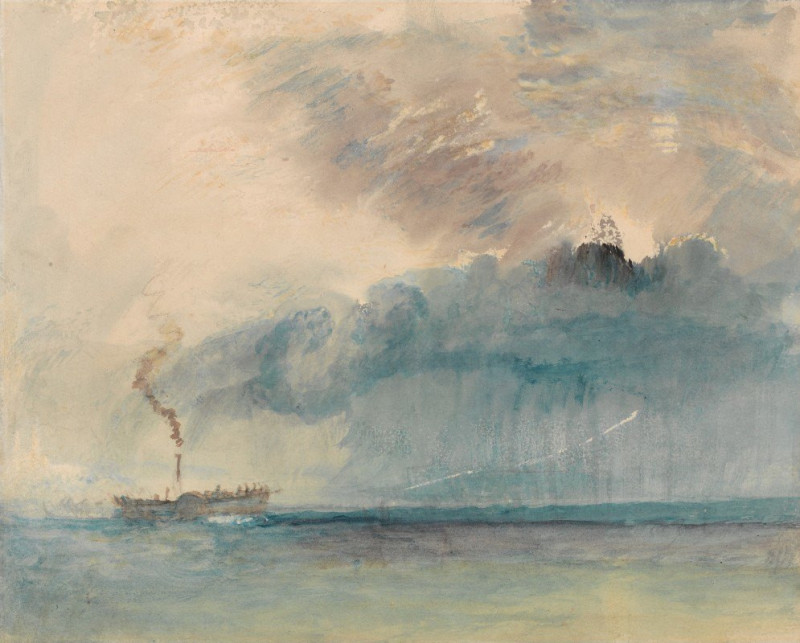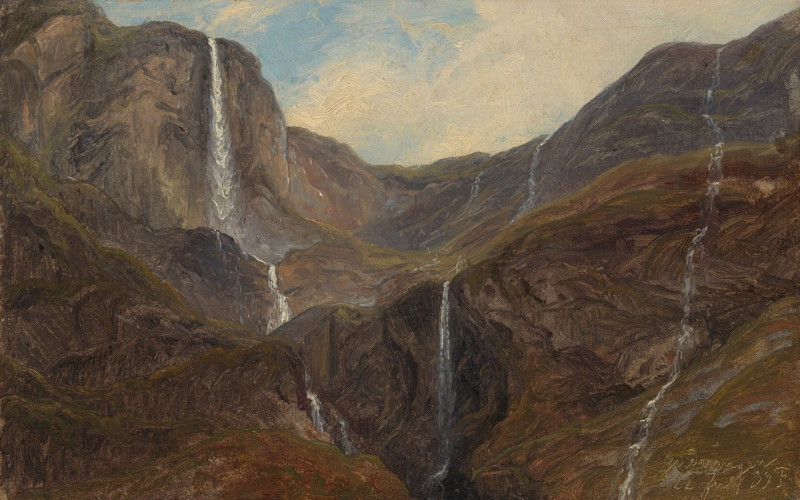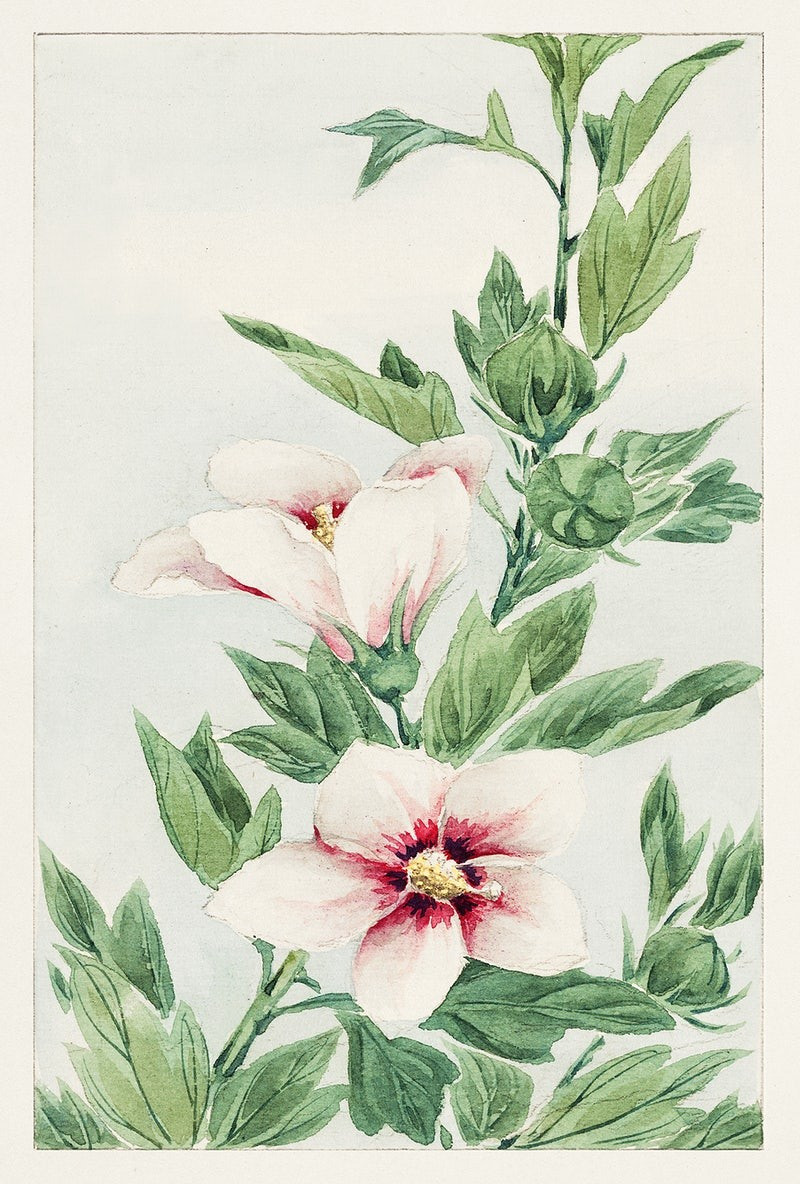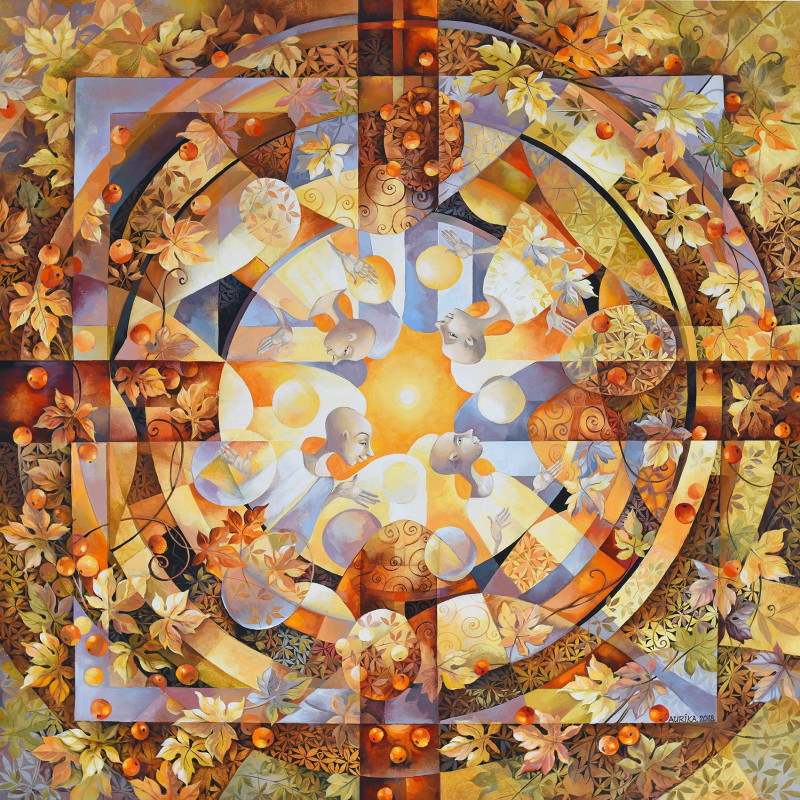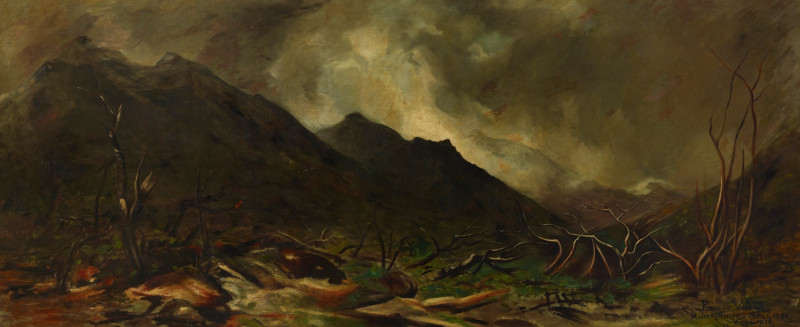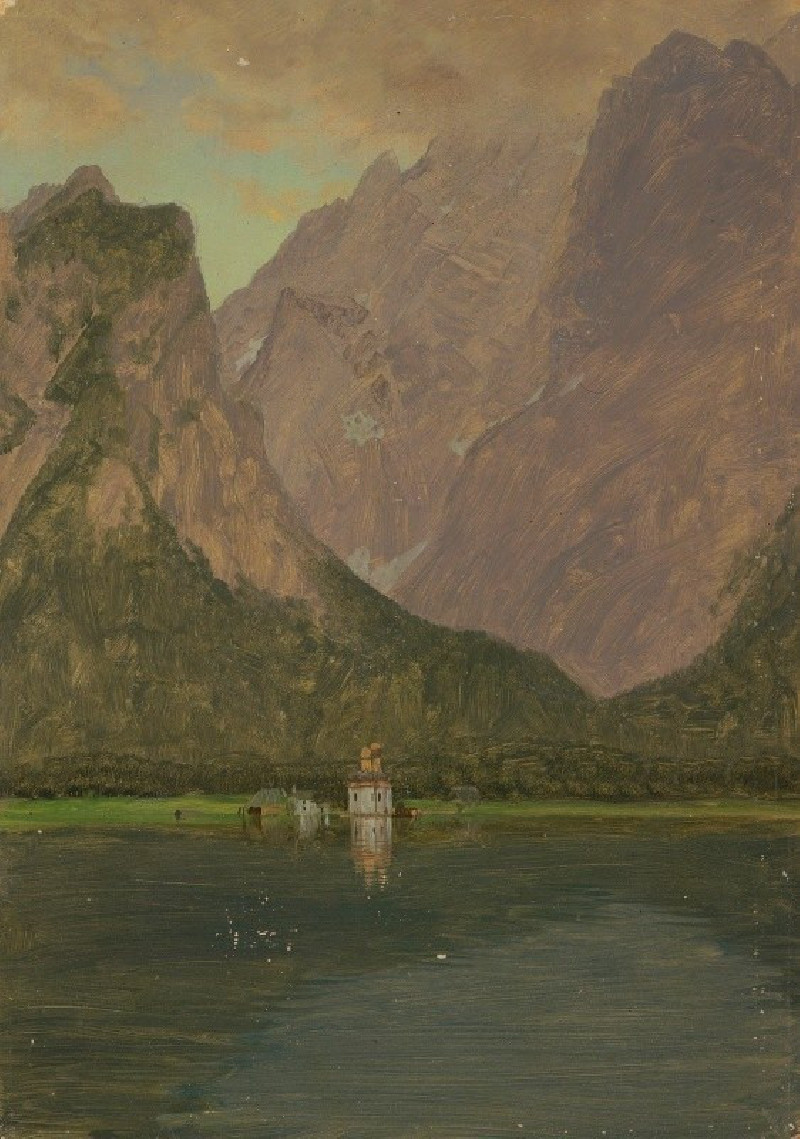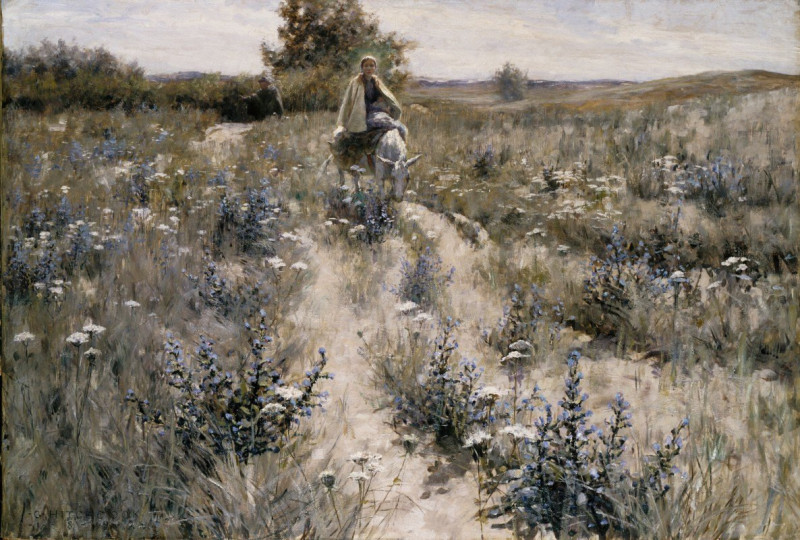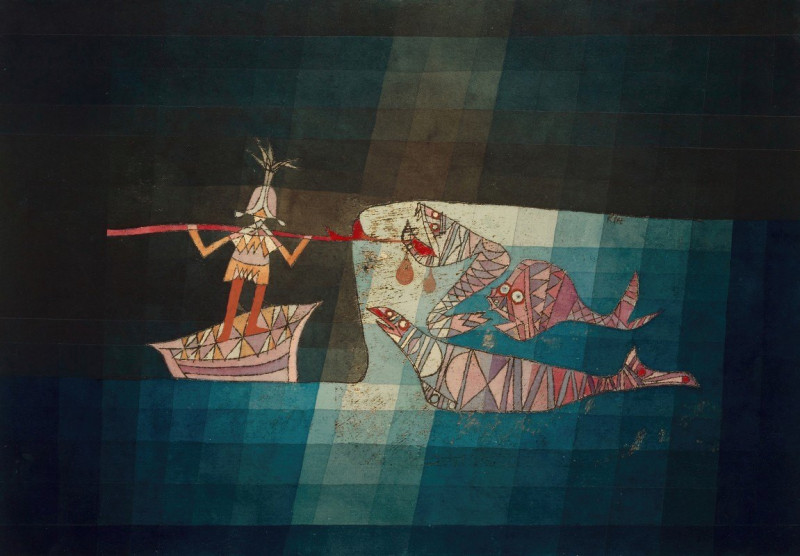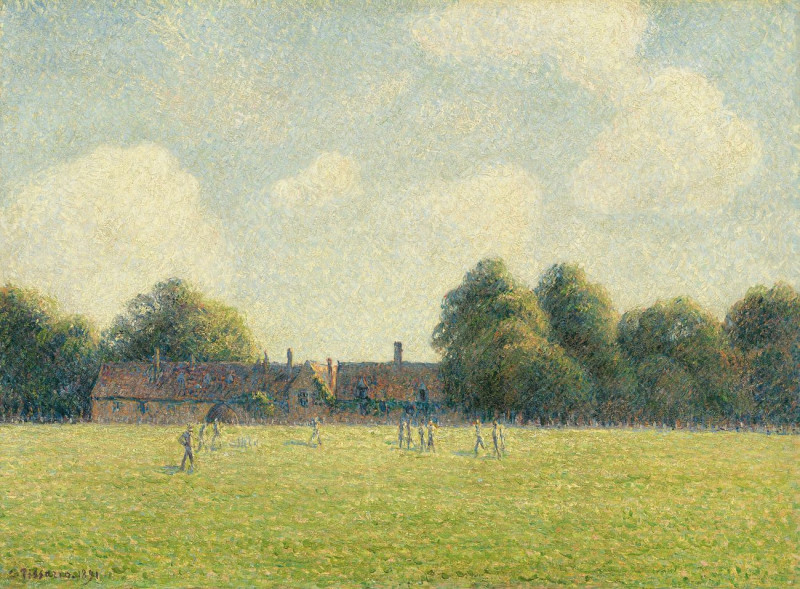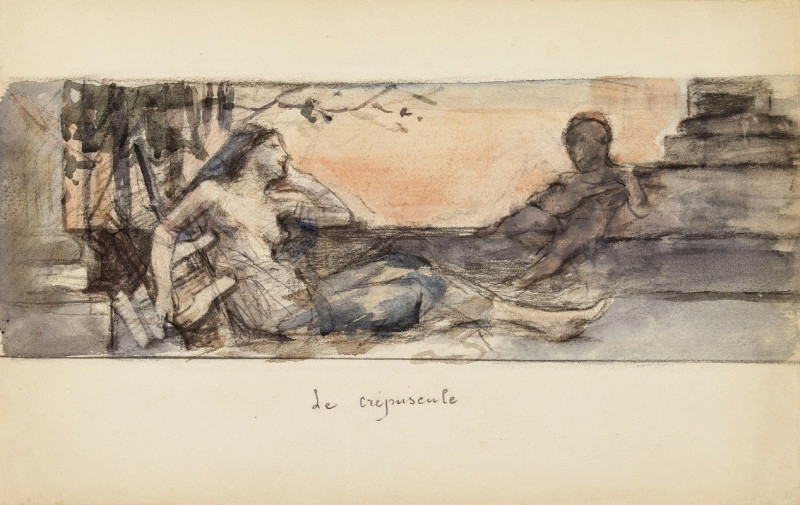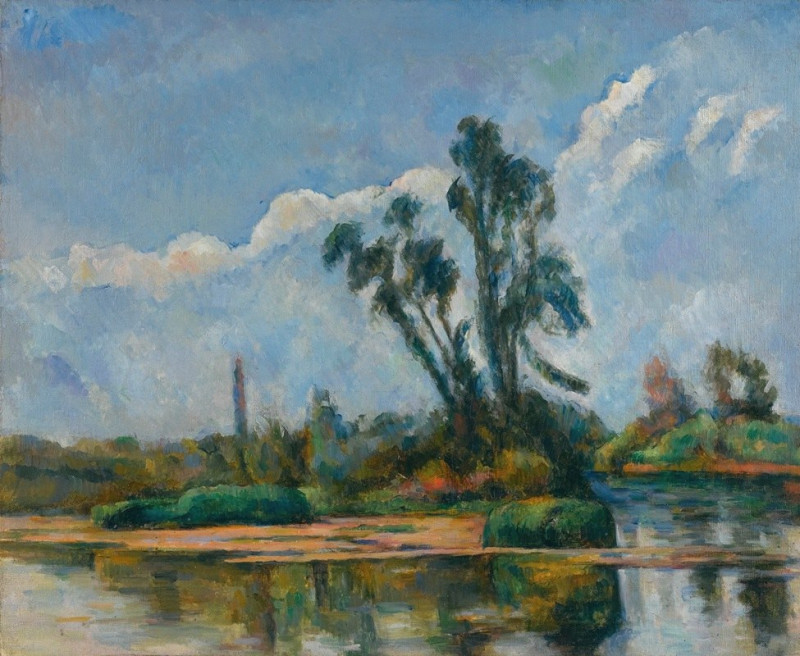Danseuse écossaise dans une rue de Londres (1895)
Technique: Giclée quality print
Recommended by our customers
More about this artwork
Capturing a vivid scene of urban vibrancy, Théophile Alexandre Steinlen's illustrative work, "Danseuse écossaise dans une rue de Londres" (1895), offers a fascinating glance at a spirited moment on the bustling streets of London. In this engaging lithograph, a Scottish dancer becomes the focal point, her dynamic pose and swirling striped skirt drawing the eye amidst a gathered crowd.Steinlen, a Swiss-born French artist renowned for his Art Nouveau illustrations, adeptly portrays the dancer's energetic motion against a backdrop of onlookers. The crowd, arrayed in the fashion of the late 19th century, features men in top hats and women adorned with prominent hats, providing a snapshot of the era's urban attire. The presence of a bagpiper, clad in traditional Scottish dress, adds an auditory element to the visual, suggesting the lively tunes that accompany the dancer’s spirited performance.Rendered primarily in monochrome, the strategic use of yellow highlights on the dancer’s costume and the faint blush of red in her cheeks and the bagpiper's feather add depth and focus. This use of color against the mostly subdued palette amplifies the liveliness and movement inherent in the scene.Steinlen's piece not only encapsulates a cultural exhibition on the streets of London but also a moment of cultural intersection, where diverse urban life and traditional Scottish dance converge.
Delivery
Returns
Théophile Alexandre Steinlen, was a Swiss-born French Art Nouveau painter and printmaker.
Born in Lausanne, Steinlen studied at the University of Lausanne before taking a job as a designer trainee at a textile mill in Mulhouse in eastern France. In his early twenties he was still developing his skills as a painter when he and his wife Emilie were encouraged by the painter François Bocion to move to the artistic community in the Montmartre Quarter of Paris. Once there, Steinlen was befriended by the painter Adolphe Willette who introduced him to the artistic crowd at Le Chat Noir that led to his commissions to do poster art for the cabaret owner/entertainer, Aristide Bruant and other commercial enterprises.

